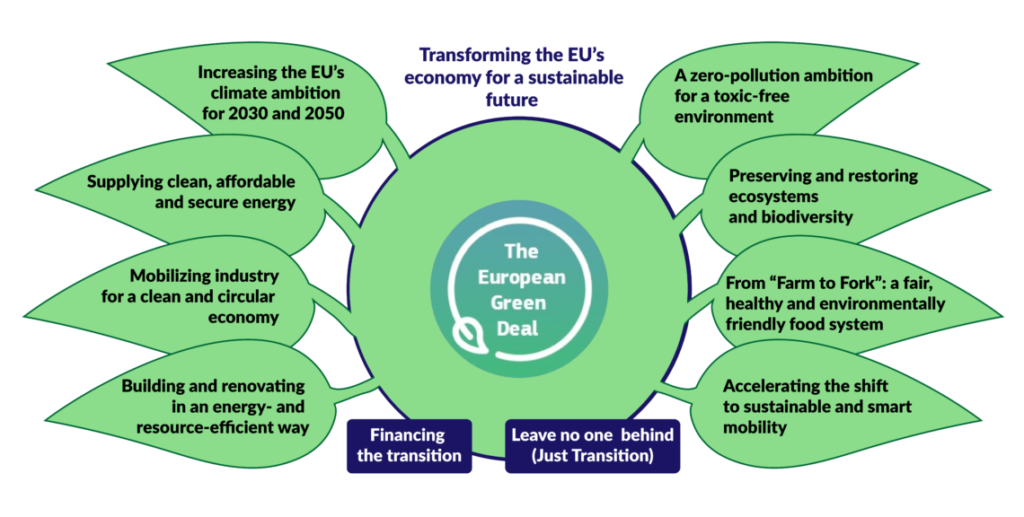
Europe has long been a trailblazer in renewable energy adoption, but recent research from Morningstar suggests that new renewable energy challenges in Europe are emerging, potentially hindering its progress. As the region strives to reach 42.5% of total energy demand through renewable sources by 2030, it faces shifting winds that could impact its journey.
Renewables: A Double-Edged Sword
For years, renewable energy has been on a promising trajectory, contributing approximately 20% to Europe’s total energy demand. However, Morningstar’s analysis reveals that several factors that once acted as tailwinds are now turning into renewable energy headwinds.
The True Cost of Renewables
While it’s often touted that renewable energy sources are affordable, the analysis uncovers a more complex reality. The actual cost of any renewable energy project depends on various elements, including geographical location, capital requirements, and the cost of capital. This results in a “meaningful overlap” of costs for different power sources.
The Offshore Wind Challenge
One particular concern arises from the offshore wind sector. Offshore wind costs have seen a remarkable 50% increase, primarily due to escalated construction and capital expenses. This surge has led to project impairments, renegotiations, and even failed auctions, further highlighting the challenges in offshore wind projects.
Experts suggest that prices will have to rise significantly to meet renewable energy targets, as these costs are unlikely to return to their previous levels. Notably, higher turbine prices in 2022, following years of decline, have played a significant role in these increased costs.
Morningstar anticipates that a return to previous cost levels is improbable, putting persistent pressure on offshore wind expenses and consequently, on renewable energy targets.
Permit Delays: A Formidable Challenge
Permit delays for renewable projects pose another substantial obstacle. Europe currently grapples with some of the longest permit approval times globally, significantly exceeding its own standard.
Solar Power’s Predicament
While solar energy could potentially fill the gap created by the escalating costs and delays in offshore wind projects, it faces its own set of renewable energy challenges. Notably, the cost of solar energy in Northern Europe is higher compared to its Southern European counterpart. This discrepancy is due to the fact that offshore wind in Southern Europe offers more consistent energy production with less variability.
Global Factors: Inflation and Interest Rates
Global economic factors such as inflation and higher interest rates are creating additional hurdles. These elements significantly increase costs, which, in turn, jeopardizes the development of both current and future renewable projects, especially in the offshore wind sector.
The Appeal of the United States
Adding to the complexity, the introduction of greater subsidies makes the United States an increasingly attractive destination for renewable energy investments. Europe’s loss in competitiveness is largely attributed to the reversal of key tailwinds and policy changes.
Tancrede Fulop, Senior Equity Analyst at Morningstar, commented on these renewable energy challenges, noting, “The ramp-up of renewables over the last decade that granted Europe its leadership position was propelled by two tailwinds: falling interest rates and construction costs. Since the end of 2021, these tailwinds have reversed and become obstacles. In addition, the inflation reduction act has made the US more competitive than Europe for manufacturing and development of renewables.”
As Europe faces these renewable energy challenges and uncertainties, there is growing concern about the potential impact of political changes. The European Union Parliament elections in the coming year may usher in shifts that could influence the future of renewable energy initiatives and carbon pricing.
In conclusion, while Europe has been a front-runner in renewable energy adoption, it now grapples with a more complex landscape. Navigating through these renewable energy challenges and seizing opportunities will be crucial to maintain its leadership in the global transition to sustainable energy sources.


